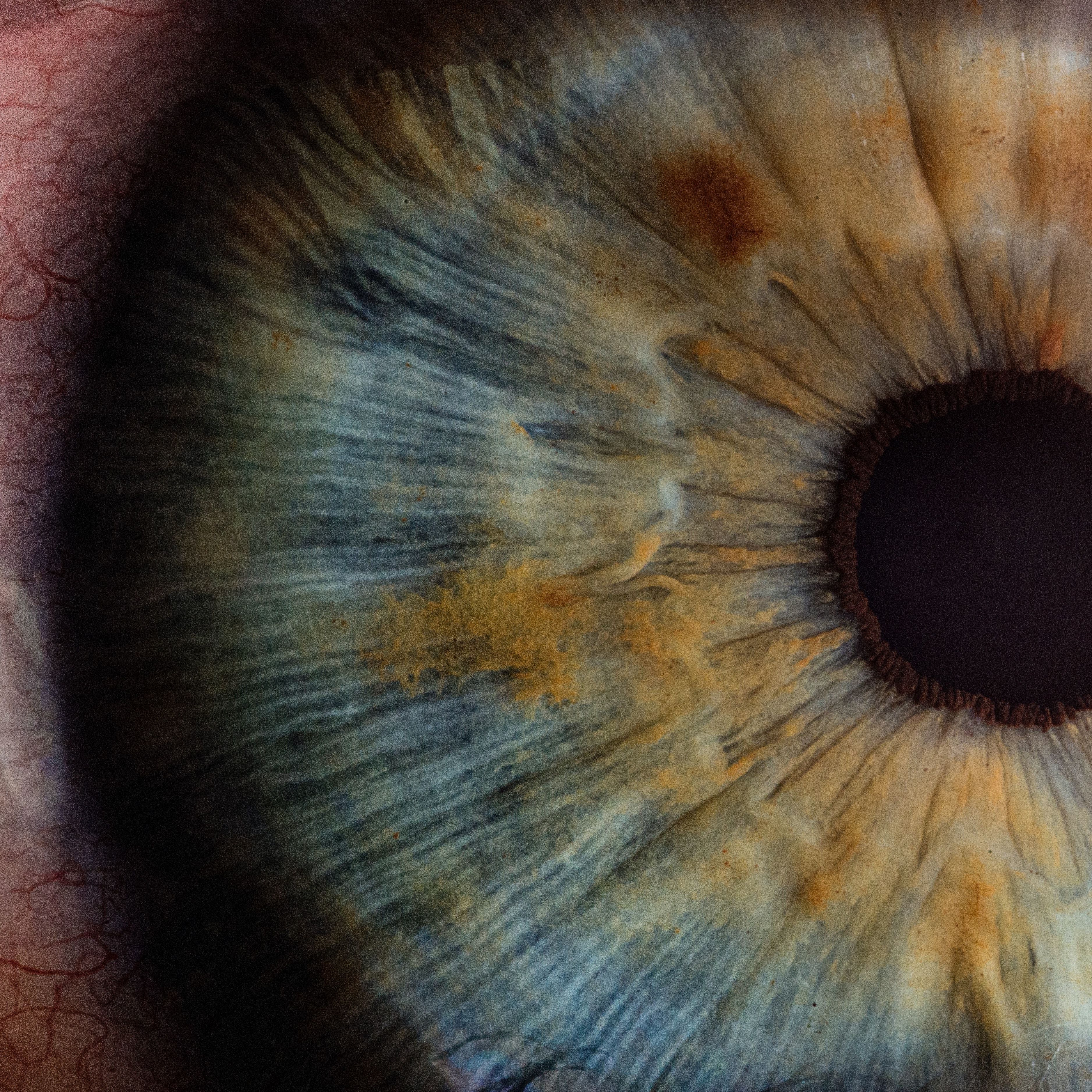Article
Specific AMD Phenotypes Strongly Associated with High-Risk Cardiovascular Disease
Author(s):
Serious forms of cardiovascular diseases were observed to be connected to a specific form of AMD with subretinal drusenoid deposits.

New findings identified a strong, specific association between the subretinal drusenoid deposit (SDD) phenotype of age-related macular degeneration (AMD) and high-risk cardiovascular diseases.
The research published in BMJ Open Ophthalmology is the first to identify the types of high-risk cardiovascular and carotid artery diseases linked to the eye disorder, including valve defects, myocardial infarction, coronary artery bypass grafting (CABG), congestive heart failure (CHF) and stroke/transient ischemic attack.
“This work demonstrates the fact that ophthalmologists may be the first physicians to detect systemic disease, especially in asymptomatic patients,” said investigator Richard B. Rosen, MD, Chief of the Retina Service, Mount Sinai Health System in a release. “Detecting SDDs in the retina should trigger a referral to the individual’s primary care provider, especially if no previous cardiologist has been involved. It could prevent a life-threatening cardiac event.”
Rosen’s team reported evidence of a novel association between a subset of high-risk vascular diseases and the intermediate AMD lesions of SDDs. They hypothesized the vascular diseases are strongly associated with SDDs, with or without concurrent drusen, and indicated that the mechanism is compromised ocular blood supply.
The cross-sectional study classified patients based on vascular histories into high-risk vascular diseases and non-high risk vascular diseases for statistical association with SDDs and other risks. It was conducted at two tertiary vitreoretinal referral centers in New York City from August 2019 to November 2021, with a 14-month interruption due to the COVID-19 pandemic.
A total of 200 individuals (121 women, 79 men) with AMD between the ages of 51 and 100 years were recruited into the study. The known demographic, clinical, and social risks for high-risk vascular diseases were obtained from a questionnaire and serum risks were drawn.
Investigators obtained spectral domain optical coherence tomography, autofluorescence, and near-infrared reflectance imaging, and lipid profiles. Study subjects were assigned into two groups: SDD (with or without drusen) and drusen (only). The team performed univariate testing by x2 test and built multivariate regression models to test relationships of coexistent HRVD to SDD status, lipid levels, and other covariates.
From the 200 participant study population, 97 had SDDs present and 103 only drusen, with mean ages matched at 80.3 and 78.3 years. The association of demographic, social, ocular, and clinical characteristics of SDDs versus drusen subjects or vascular disease versus non-vascular disease subjects were not significantly different, except anticoagulant use and thinner choroids associated with SDDs.
The total cardiovascular disease and stroke subjects were reported as 81, with high-risk vascular diseases observed in 47 subjects. Of these patients, 40 (86%) had SDDs and 7 (14%) had drusen only. Meanwhile, the total non-high-risk vascular disease subjects were 153, with 57 (43%) subjects having SDDs and 96 (57%) having drusen only
The data indicate the prevalence of high-risk vascular disease was 41.2% (40 of 97) and 6.8% (7 of 103) in the SDD and non-SDD groups, respectively (correlation, P = 9 x 10-9; odds ratio [OR], 9.62; 95% CI, 4.04 to 22.91).
In multivariate regression, only SDDs and high-density lipoprotein (HDL) in the first two HDL quartiles remained significant for high-risk vascular disease (P = 9.8 x 10-5, 0.021, respectively). Moreover, SDDs and an HDL in quartile 1 or 2 identified the presence of high-risk vascular disease with accuracy of 78.5% (95% CI, 72.2% to 84.0%).
“This study has opened the door to further productive multidisciplinary collaboration between the Ophthalmology, Cardiology and Neurology services,” added Jagat Narula, MD, PhD, Director of the Cardiovascular Imaging Program at the Zena and Michael A. Wiener Cardiovascular Institute, Icahn School of Medicine, Mount Sinai. “We should also focus on defining the disease severity by vascular imaging in cardiology and neurology clinics, and assess their impact on AMD and SDDs with retinal imaging. In this way we can learn which vascular patients should be referred for detection and prevention of blinding disease.”
The study, “Subretinal drusenoid deposits are strongly associated with coexistent high-risk vascular diseases,” was published in BMJ Open Ophthalmology.





